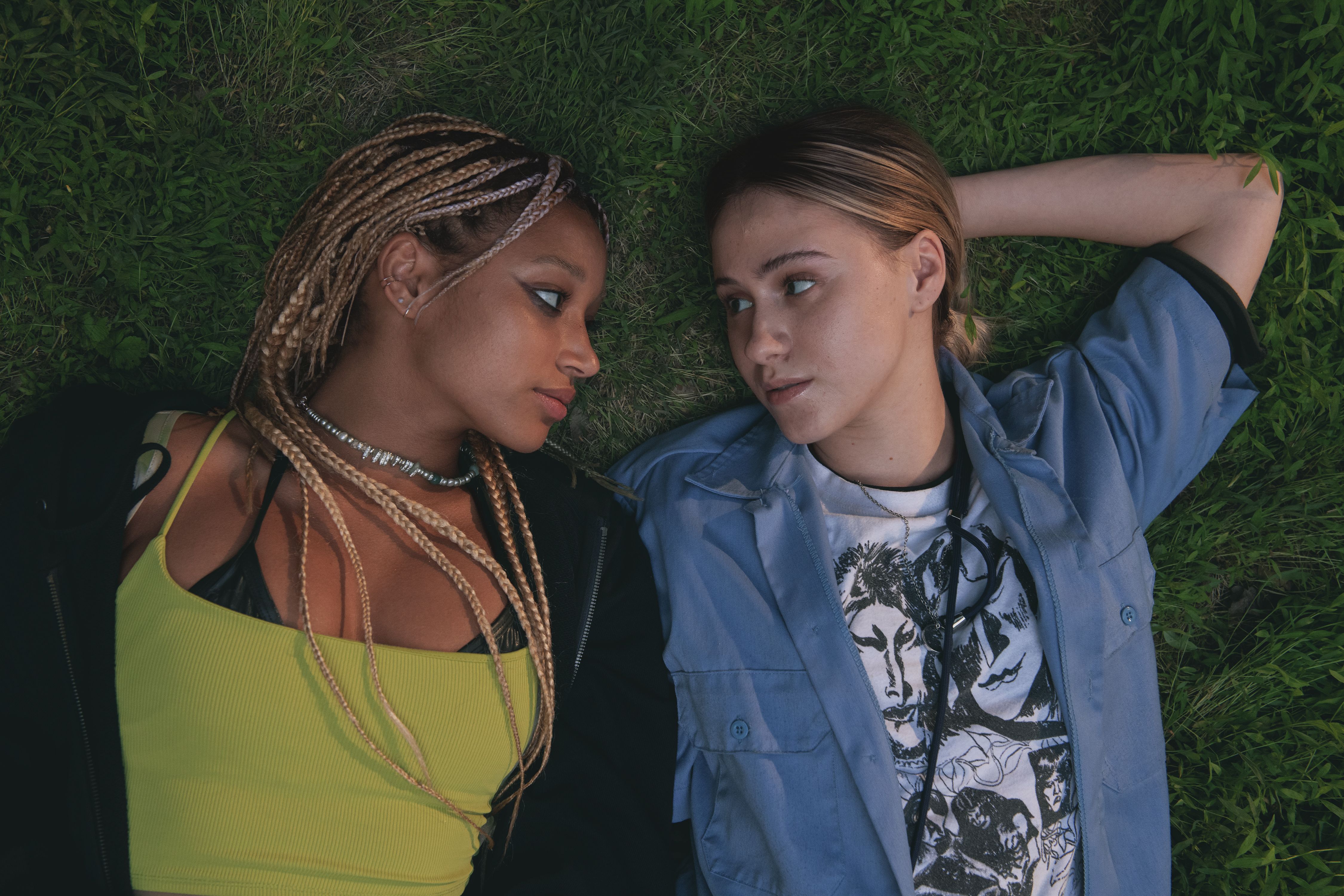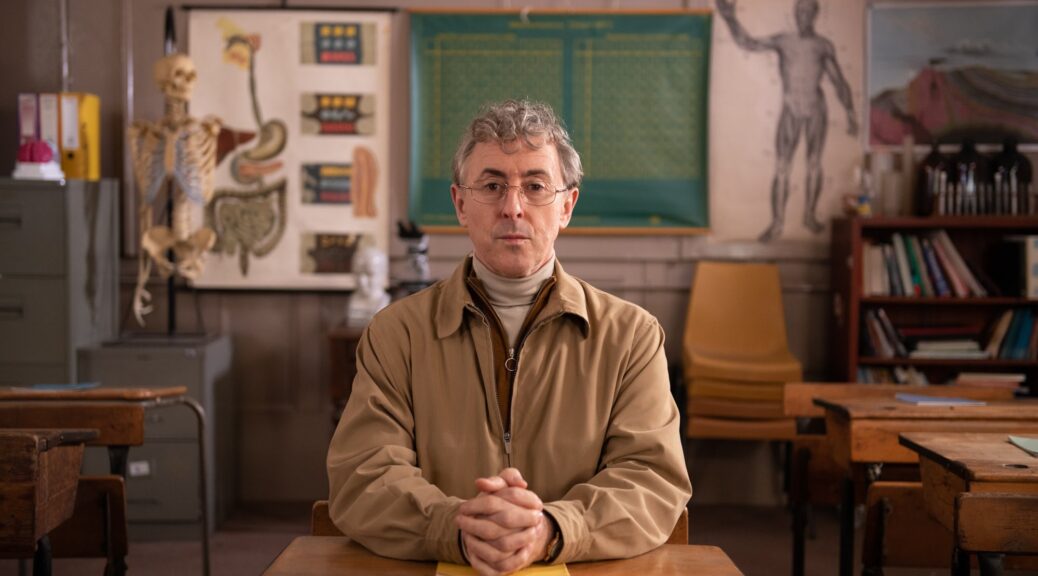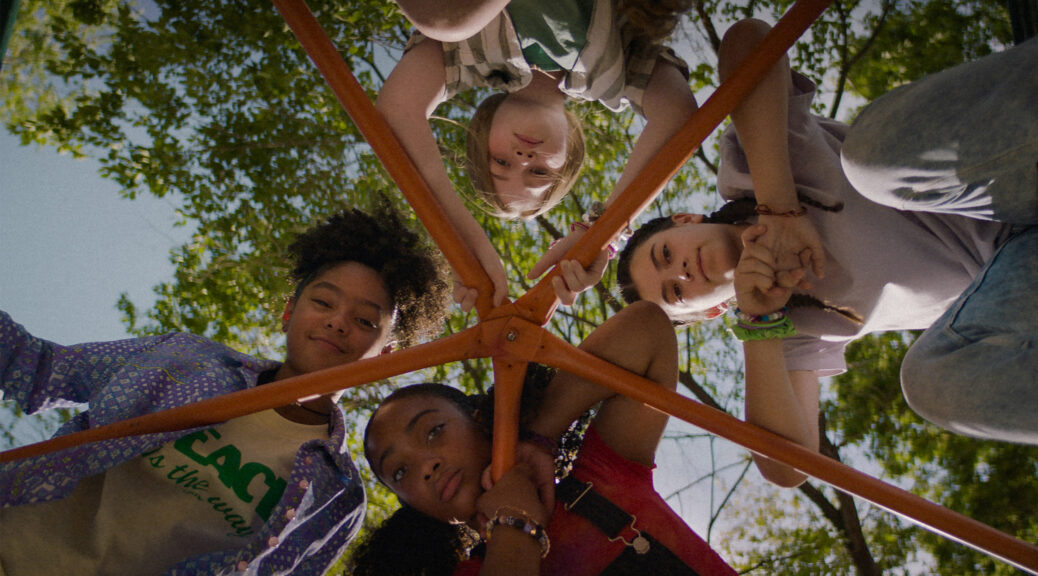When I Consume You
by Hope Madden
Perry Blackshear wants to break your heart.
His understated, excruciatingly tender 2015 horror They Look Like People certainly succeeds. And with his latest, When I Consume You, the filmmaker is at it again. Both films delicately explore mental illness—in this case, the lingering horror of childhood trauma.
Blackshear works with his regular troupe of actors: Evan Dumouchel, MacLeod Andrews and Margaret Ying Drake. Libby Ewing joins the gang as Daphne, big sister to Wilson (Dumouchel). The siblings are struggling to defeat a demon.
The film moves slowly and takes on an improvisational feel as Wilson ambles through life best he can, often landing on Daphne’s doorstep at 3 am so she can talk him through a panic attack. Blackshear never specifies the kind of childhood these two must have endured to leave them this scarred. Then again, the filmmaker doesn’t specify much.
This movie offers mostly atmosphere, situations that give the sense of the characters’ mental and emotional space. Blackshear also mimics the cycle of depression and anxiety with visual and audio callbacks: Daphne’s under the bed, later Wilson’s under the bed; Wilson’s on the sidewalk; later Daphne’s on the sidewalk. And there is the recurring audio cue: Get up.
This mostly works, creating a film that echoes with haunting attempts to break a cycle. Flashbacks are also employed, although they offer little to the narrative and only hinder a film already lacking forward momentum.
Dumouchel’s heartbreaking performance matches well with Ewing’s resigned turn. Blackshear’s cinematography emphasizes their intimacy, as well as their emotional incoherence, and the pair delivers a lived-in chemistry appropriate to two siblings who’ve been through the wringer.
Andrews is a volatile surprise I’m sorry we didn’t meet earlier in the film. He injects the movie with needed energy, but he also triggers a shift into more overt metaphor. While the film required some kind of structure, this tidy figurative direction feels false and forced.
They Look Like People possessed a deceptively loose narrative that, in fact, led inevitably to one of the tensest climaxes on record. When I Consume You feels like it’s trying to obscure its far more obvious framework.















